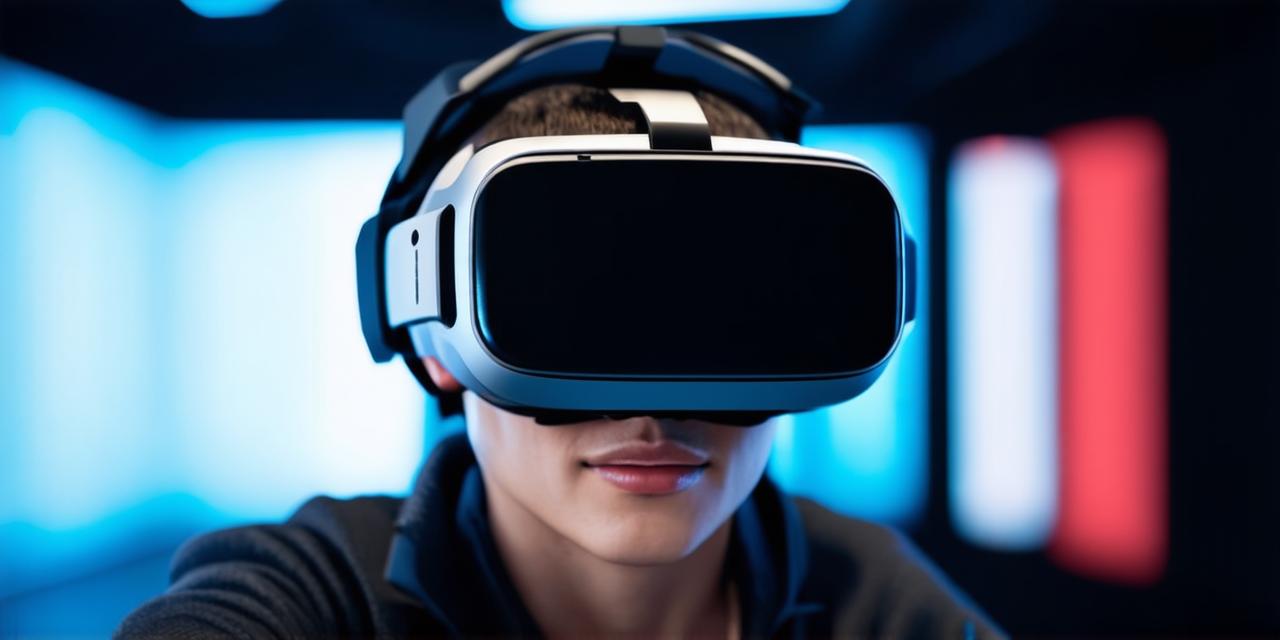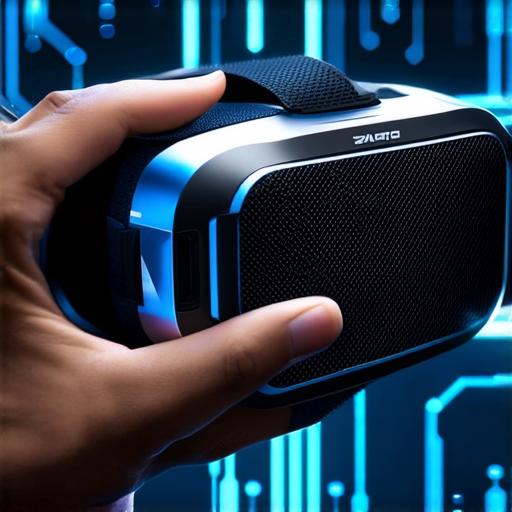
What does a virtual reality headset do?

Virtual reality headsets have revolutionized the way we experience immersive environments and interact with technology. In this article, we will explore the basics of virtual reality headsets, including their design, features, and capabilities. We will also discuss some real-life examples of how virtual reality headsets are being used in various industries.
Design and Components
Virtual reality headsets consist of several components that work together to create an immersive experience for the user. The most important component is the display screen, which projects a 3D image onto two separate screens that are worn on the headset. This creates a stereoscopic effect that tricks the brain into perceiving depth and motion in the environment.
In addition to the display screen, virtual reality headsets also include sensors that track the user’s movement and adjust the image accordingly. These sensors can be located on the headset itself or attached to other devices such as controllers.
Some high-end virtual reality headsets also feature built-in cameras and microphones that allow for more advanced interaction with virtual environments. For example, some users can use hand gestures to interact with objects in the virtual world, while others can communicate with non-virtual entities using voice commands.
Features and Capabilities
Virtual reality headsets come with a variety of features and capabilities that can affect the user experience. Some of the most important include:
- Resolution: The higher the resolution of the display screen, the more immersive the experience will be. Most virtual reality headsets have screens with resolutions ranging from 1280 x 1440 to 4K.
- Field of view: The field of view is the angle at which the user can see the virtual environment. A wider field of view allows for a more immersive experience, while a narrower field of view can be useful for certain applications such as gaming.
- Refresh rate: The refresh rate is the number of times the display screen updates per second. A higher refresh rate can help reduce motion sickness and improve the overall user experience.
- Lens distance: The lens distance is the distance between the user’s eyes and the display screens. Adjusting this setting can help reduce eye strain and improve the comfort of wearing the headset.
Real-Life Applications
Virtual reality headsets are being used in a variety of industries to enhance training, visualization, and simulation experiences. Some examples include:
- Healthcare: Virtual reality headsets are being used for surgical training, patient education, and rehabilitation therapy. By simulating real-life scenarios, healthcare professionals can practice their skills in a safe and controlled environment.
- Education: Virtual reality headsets are being used for immersive learning experiences that allow students to explore historical events, scientific concepts, and cultural traditions in 3D. These experiences can help make learning more engaging and memorable.
- Manufacturing: Virtual reality headsets are being used for product design, prototyping, and assembly line training. By simulating real-world manufacturing processes, workers can identify and address potential issues before they occur on the factory floor.
- Gaming: Virtual reality headsets are being used for gaming experiences that are more immersive and realistic than traditional console games. These experiences can provide a unique level of engagement and excitement for gamers.
FAQs
Q: What is the difference between a virtual reality headset and a regular headset?
A: Virtual reality headsets are designed specifically for creating an immersive 3D environment, while regular headsets are used for other purposes such as watching TV or movies.
Q: Can I use my smartphone with a virtual reality headset?
A: Some virtual reality headsets can be used with smartphones to access additional content and features. However, the smartphone must be compatible with the headset’s hardware and software.


